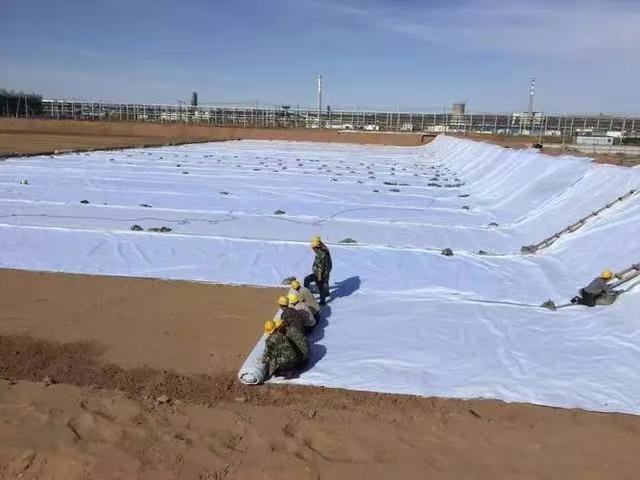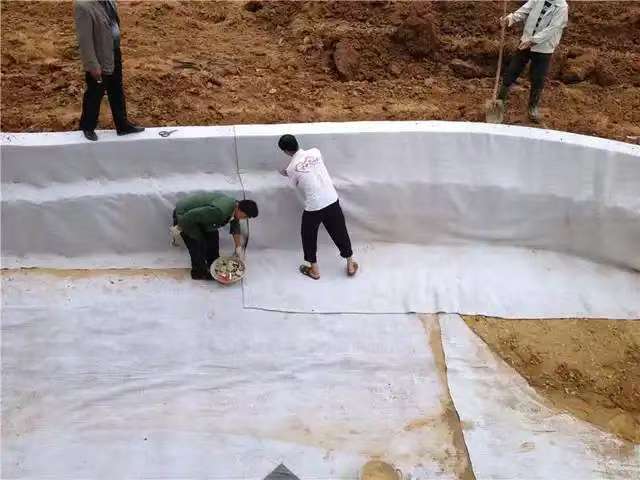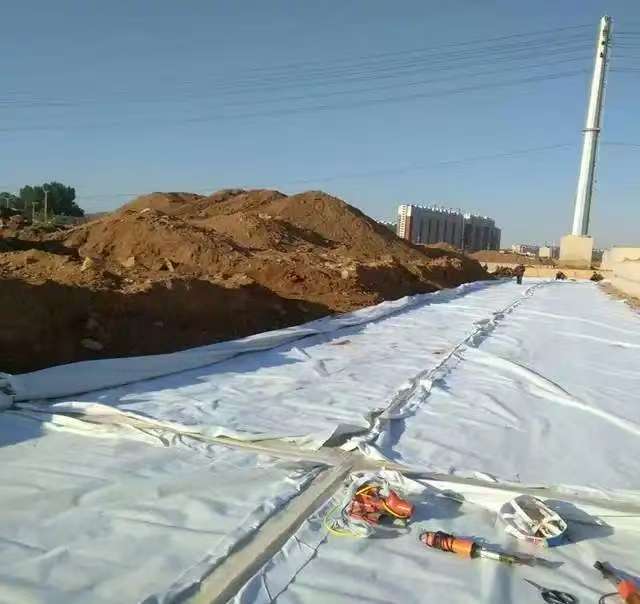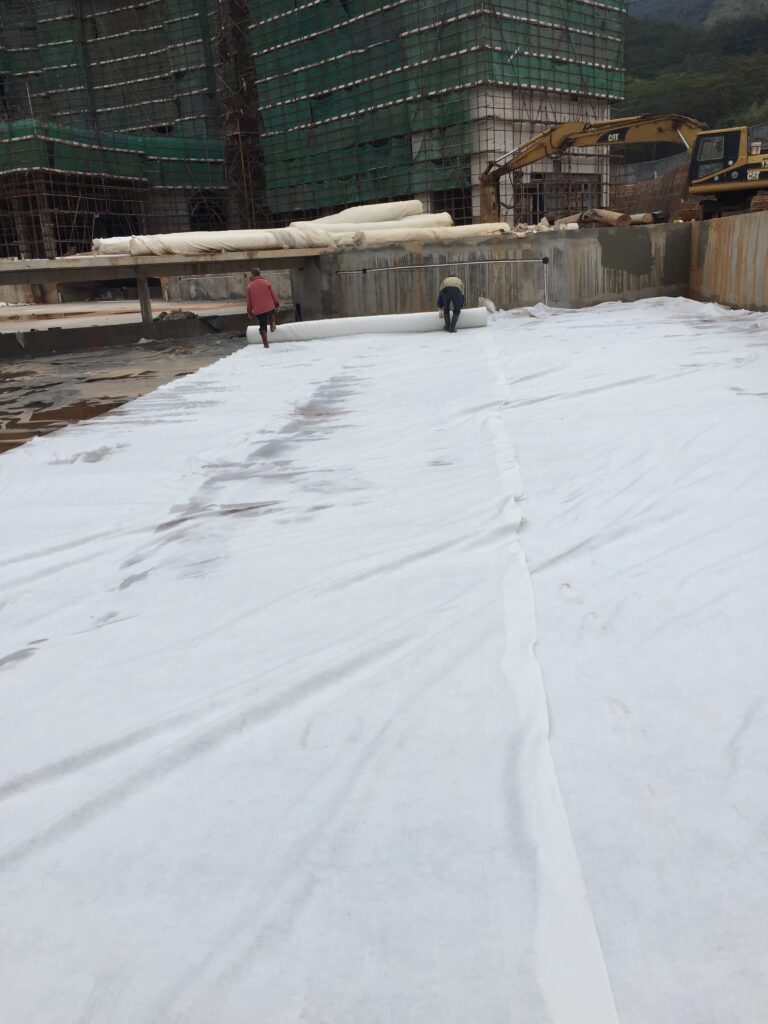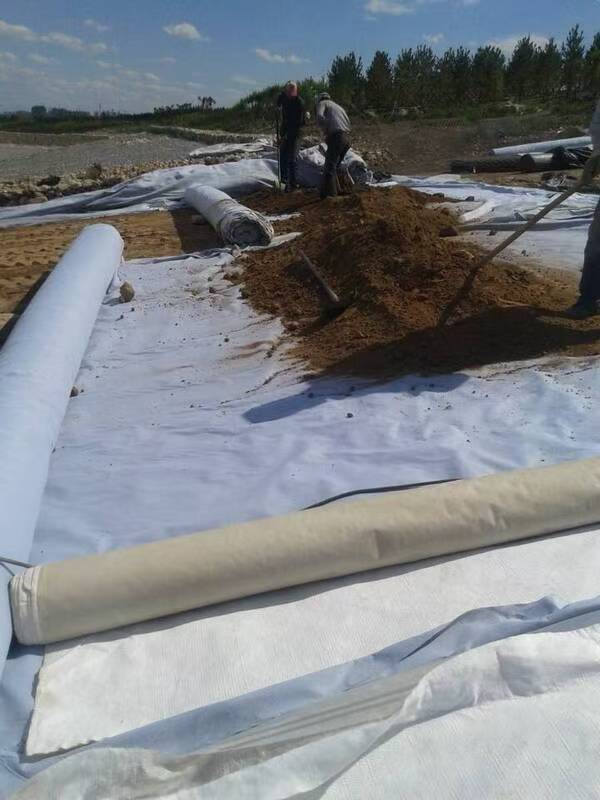Floods have been one of the major natural disasters faced by humanity since ancient times. With climate change and the acceleration of urbanization, the frequency and intensity of floods are increasing, causing significant losses to human society. Traditional flood control projects, such as dams and reservoirs, while effective to some extent in resisting floods, also have issues such as high costs, long construction periods, and significant impacts on the ecological environment.
In recent years, a new material—geotextiles—has gradually emerged in flood control engineering, showing great potential for application. Geotextiles are permeable materials made from synthetic fibers, featuring advantages such as light weight, high strength, corrosion resistance, and aging resistance. They can not only effectively reinforce dams and prevent soil erosion but also be used to construct temporary flood control facilities, such as flood walls and flood bags.
The application of geotextiles in flood control engineering is mainly reflected in the following aspects:
Dam Reinforcement: Laying geotextiles on the water-facing or land-facing slopes of dams can effectively prevent water flow erosion and enhance dam stability.
Leakage Prevention: Placing geotextiles at the bottom of dams or reservoirs can prevent water leakage and improve water storage efficiency.
Soil and Water Conservation: Using geotextiles on riverbanks or hillsides can prevent soil erosion and protect the ecological environment.
Temporary Flood Control Facilities: Utilizing geotextiles to create temporary flood control facilities like flood walls and flood bags can quickly and effectively resist flood invasions.
Compared to traditional flood control materials, geotextiles offer the following advantages:
Low Cost: The production cost of geotextiles is relatively low, which can effectively reduce the cost of flood control projects.
Easy Construction: Geotextiles are lightweight, easy to transport and lay, significantly shortening the construction period.
Environmental Protection: Geotextiles are recyclable and have a smaller impact on the ecological environment.
However, the application of geotextiles in flood control engineering also faces some challenges, such as:
Long-term Performance: Geotextiles may experience aging and degradation over long-term use, requiring further research and improvement.
Standardization:Currently, there is no unified standard for the production and application of geotextiles, necessitating stronger industry regulations.
In summary, as a new type of flood control material, geotextiles have broad application prospects. With continuous technological advancements and deeper applications, geotextiles will undoubtedly play an increasingly important role in flood control engineering, making greater contributions to humanity’s efforts to resist flood disasters and protect life and property safety.
